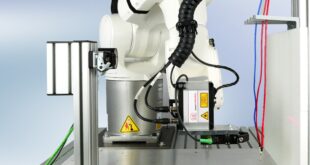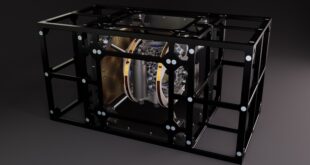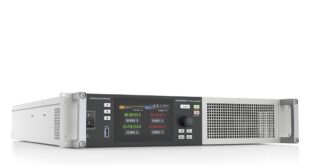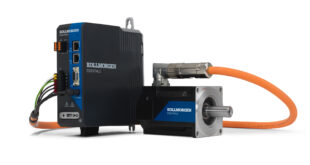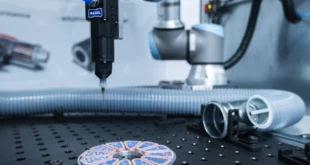Reliability is crucial for electrically powered surgical tools and moisture ingress is a surefire route to premature failure. To maintain operational performance, design engineers must consider how to minimise moisture ingress and protect against its damaging effects. A moisture-resistant design will also provide longer-life surgical tools with a reduced total cost. Jon Culp explains how to combat moisture to maximise surgical tool design
Undergoing rigorous operational use as well as the challenges of hygienic cleaning processes, electrically powered surgical tools must be designed to limit the ingress of moisture and mitigate against its effects.
Comprising electrical components and materials susceptible to corrosion, most significantly this includes the electric motor that powers the tool itself. Protection against moisture means a long service life that brings down the cost of surgery – especially as surgical tools continue to increase in cost and complexity with sensors, feedback and control devices that improve the patient outcome.
To achieve optimum resistance to moisture, surgical tool OEMs are increasingly working with motor manufacturers like Portescap to create collaborative designs. Whether from saline, steam sterilisation or another contaminant source, we’ll look at how issues of moisture and corrosion in surgical tools develop, and how we can mitigate against them.
Preventing moisture ingress
The point of moisture ingress is often the distal end of the surgical tool. To prevent this a dynamic seal between the handpiece chassis and the shaft of the motor can be used. The seal itself is a special polymer blend designed for temperature and wear resistance, though it’s crucial that there’s a tight fit between the seal, housing and motor shaft to create a lasting barrier. However, as the seal lip and shaft surface will wear, moisture will eventually penetrate so the motor and tool must incorporate additional moisture-resistant technology.
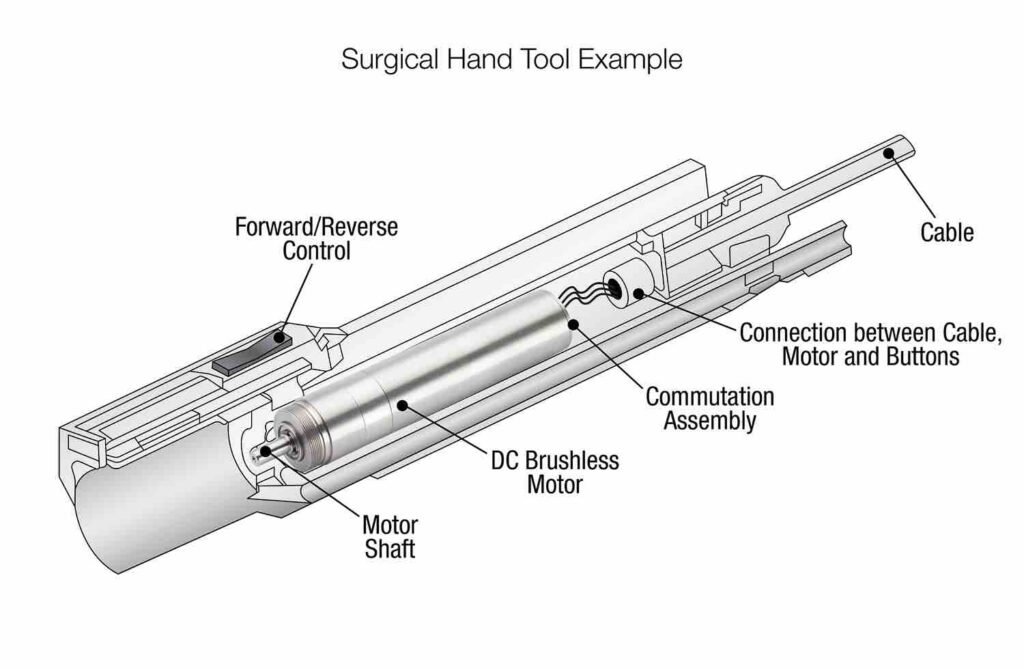
Moisture can also enter via the mating points on the motor housing, for example between a motor and a gearhead. Hermetic laser weld, sealed threads or o-rings can all form varying barriers to moisture, and your motor manufacturer should advise on the most appropriate method of sealing.
Mechanical component failure
To enhance the resistance of mechanical components to the impact of moisture, it’s important to select materials according to the challenges they face; including balancing resistance to fatigue and wear with resistance to corrosion. For example, components made from austenitic stainless steel have good anti-corrosivity properties to saline or steam, but may not have sufficient wear resistance for all components and uses. Alternatively, martensitic stainless steel has less corrosion resistance but increased hardness, making it ideal for metal-to-metal contact components such as bearings and gears.
Newer materials with lower carbon levels can produce martensitic stainless steel with improved corrosion resistance, while additional materials with anti-corrosivity and high wear properties, such as PEEK or PAI, can be used for lightly loaded components. Selecting the right lubrication to avoid washout and prevent corrosion and wear is also vital to ensure the long life of the motor system.
Electrical and magnetic circuit failure
Electronics should also be protected in a moisture-resistant material. Potting involves placing the components inside a housing with a liquid compound such as silicone or epoxy resin poured over, filled and sealed, with a vacuum applied to remove trapped air. The assembly is cured and the liquid hardens, protecting the components inside.
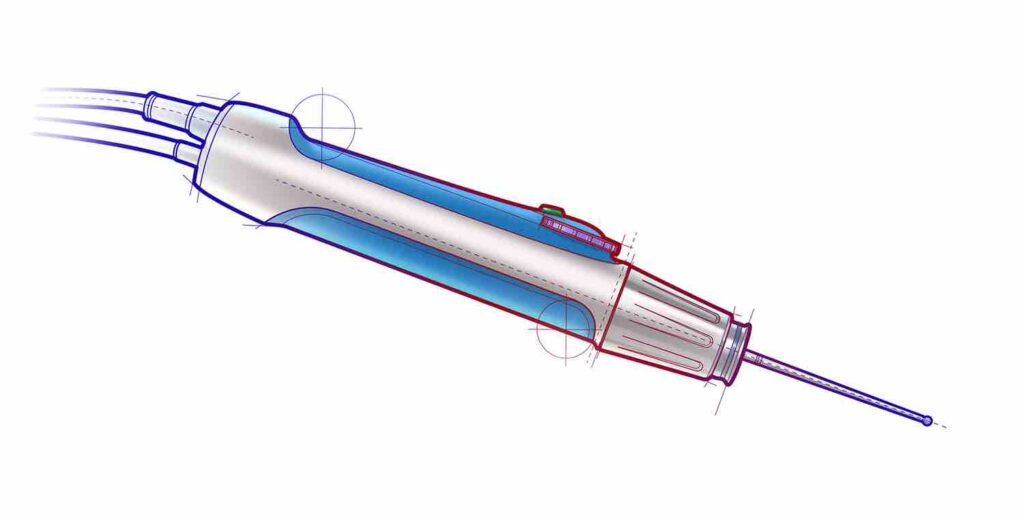
Alternatively, transfer moulding involves loading the components into a heated mould cavity. Like the potting process, an encapsulating material is then introduced, and the heated mould ensures that the flow remains liquid to ensure a complete fill before thermoset curing. Both techniques provide high moisture resistance as well as protection against temperature, vibration and impact, as well as offering strain relief for exposed wires.
An alternative means of protection is conformal coating. Often comprised of parylene, conformal coating is applied as a vaporised gas and creates a very thin moisture-resistance coating, virtually free of voids. Conformal coating though isn’t as durable as potted or transfer moulded assemblies and doesn’t provide the same protection to vibration or impact.
Regarding the magnetic circuit, exposure of the motor winding to moisture can also cause failure. To resist the effects, magnet wire with heavy build insulation should be used and the formed coils moulded or potted to the PCB. To avoid permanent magnet corrosion or de-magnetisation, the appropriate choice of magnet and coating types must also be selected.
Motors tailored for surgical tools
To maximise the reliability of the device against moisture, the tool and the motor should be designed in collaboration. Portescap creates custom-designed autoclavable motors for surgical device OEMs according to specific application requirements. Able to endure thousands of sterilisation cycles and used in surgical theatres worldwide, Portescap’s motors not only increase reliability and reduce cost, but also serve to improve patient outcomes.
Jon Culp is Principal Engineer at Portescap.
 Engineer News Network The ultimate online news and information resource for today’s engineer
Engineer News Network The ultimate online news and information resource for today’s engineer
